What is Bullet Tuna?
Bullet Tuna, also known as the bullet mackerel, shares similarities with other small tuna species like skipjack and bonito. These fish typically measure between 30 to 60 centimeters (12 to 24 inches) in length, although some individuals may grow slightly larger. This species, commonly found in warm and temperate waters worldwide, is renowned for its streamlined, bullet-shaped body, facilitating swift and efficient swimming through the ocean depths. Its distinctive appearance features a dark blue to greenish back complemented by silvery sides and a pristine white belly. Renowned for its firm, flavorful flesh, Bullet Tuna is a prized catch in diverse culinary traditions. Additionally recognized as the bullet mackerel, this fish boasts numerous local names, including: Bodboron, Burot, Lubak-lubak, Mangko, Pirit, and Tulingan.
Different Types of Bullet Tuna
- Eastern Little Tuna: This subspecies of bullet tuna is found in the eastern Atlantic Ocean, Mediterranean Sea, and the Black Sea. It is one of the primary subspecies consumed in European and Mediterranean cuisines.
- Western Little Tuna: The western little tuna is found in the western Atlantic Ocean and the Gulf of Mexico. It shares many characteristics with its eastern counterpart.
Health Benefits
Bullet tuna is not only delicious but also nutritionally valuable:
- Protein: Like other tuna species, bullet tuna is an excellent source of high-quality protein. A 3.5-ounce (100-gram) serving provides approximately 25 grams of protein, which is crucial for muscle growth and repair.
- Omega-3 Fatty Acids: Bullet tuna contains significant amounts of omega-3 fatty acids, particularly EPA and DHA. These essential fatty acids are known for their heart-healthy properties, including reducing the risk of heart disease, lowering blood pressure, and promoting brain health.
- Vitamins and Minerals: Bullet tuna is rich in B vitamins, selenium, and potassium. B vitamins are essential for energy metabolism and maintaining healthy skin, while selenium is an antioxidant that supports the immune system. Potassium helps regulate blood pressure and fluid balance in the body.
- Low in Calories: Bullet tuna is relatively low in calories, making it a suitable option for those looking to maintain a balanced diet while enjoying a nutrient-dense protein source.
Culinary Uses
Bullet tuna’s versatility in the kitchen makes it a popular choice among chefs and home cooks:
- Sashimi and Sushi: Bullet tuna is often enjoyed as sashimi or sushi. Its firm texture and clean, mildly tangy flavor make it ideal for raw preparations. Thin slices of bullet tuna are commonly served with soy sauce, wasabi, and pickled ginger.
- Grilling and Searing: The firm flesh of bullet tuna holds up well to grilling and searing. Quick cooking over high heat can caramelize the surface, enhancing its natural umami flavor.
- Canned Tuna: Bullet tuna is also canned and used in a variety of dishes, including salads, sandwiches, and pasta. The canning process preserves its taste and texture, making it a convenient pantry staple.
- Cooked Dishes: In Mediterranean cuisines, bullet tuna is often grilled, broiled, or pan-seared and served with olive oil, lemon, and fresh herbs. It can also be used in Mediterranean salads and casseroles.
Sustainability
Sustainability is a growing concern in the tuna fishing industry, including the harvesting of bullet tuna. Ensuring the long-term health of bullet tuna populations and marine ecosystems is crucial. To promote sustainability, consumers can:
- Certifications: Look for certifications such as the Marine Stewardship Council (MSC) label, which indicates that the tuna has been sourced from fisheries practicing responsible and sustainable fishing methods.
- Know the Source: Research the source of your bullet tuna, whether it’s fresh or canned. Understanding the fishing practices used and the sustainability policies of the brand or fishery can help you make eco-friendly choices.
- Pole and Line Fishing: Supporting fisheries that use pole and line fishing methods can be an environmentally friendly choice. This method reduces bycatch and minimizes the ecological impact of fishing.
- Advocate for Sustainable Practices: Support and advocate for policies and regulations that protect bullet tuna populations and maintain the health of marine ecosystems.
By making informed choices and supporting sustainable practices, consumers can contribute to the responsible sourcing of bullet tuna.
Differences from Other Tuna
Bullet tuna shares some similarities with other small tuna species like skipjack and bonito, but it also has its unique characteristics:
- Size: Bullet tuna is generally smaller than larger tuna species like yellowfin and bluefin tuna. Its compact size makes it easier to handle and cook.
- Flavor Profile: Bullet tuna typically has a clean, mildly tangy flavor with a subtle sweetness. This taste is often described as less intense than skipjack but more pronounced than bonito.
- Texture: The texture of bullet tuna is firm and meaty, similar to skipjack. It holds up well to various cooking methods, including grilling, searing, and canning.
- Culinary Uses: Bullet tuna is favored in Mediterranean cuisines for its suitability in grilled and broiled dishes. Its mild flavor pairs well with olive oil, lemon, and herbs.
Canned Bullet Tuna
Canned bullet tuna is a convenient pantry staple that undergoes a preservation process similar to other canned tunas. It is cooked and sealed in cans with different mediums, such as oil, water, or brine. This canning process ensures a longer shelf life and makes it readily available for use in various recipes. The choice of packing medium can influence the taste and texture of the canned product. Oil-packed bullet tuna tends to be richer and more flavorful, while water-packed options are lighter. Both types are commonly used in Mediterranean dishes, sandwiches, and salads.
When selecting canned bullet tuna, consider the culinary context in which you plan to use it, as different brands and packing mediums may suit specific recipes better. Additionally, check the label for information on the sourcing and sustainability of the product to align with your preferences.
Cultural Significance
Bullet tuna holds cultural significance in regions where it is commonly caught and consumed:
- Mediterranean Cuisine: In Mediterranean countries such as Spain, Italy, and Greece, bullet tuna is celebrated for its culinary versatility. It is often featured in traditional dishes, reflecting the cultural importance of this fish.
- Festivals and Events: Some regions host festivals and events dedicated to the catch and consumption of bullet tuna. These celebrations highlight the cultural significance of the fish and its role in local traditions.
Catch and Fishing Methods
Bullet tuna is typically caught using various fishing methods, including purse seine nets, longline fishing, and pole and line fishing. Each method has its environmental impact, and sustainable practices aim to minimize bycatch and reduce harm to marine ecosystems. Pole and line fishing, in particular, is considered more environmentally friendly because it targets specific fish and reduces unintended catches.
Fresh vs. Frozen
The choice between fresh and frozen bullet tuna depends on your culinary preferences and availability:
- Fresh Bullet Tuna: Fresh bullet tuna is often preferred for dishes where the texture and flavor of the fish are critical, such as sashimi and sushi. Look for fresh bullet tuna at seafood markets and specialty fishmongers.
- Frozen Bullet Tuna: Frozen bullet tuna can be an excellent alternative, especially for cooked dishes like grilling or searing. Properly frozen bullet tuna can retain its quality and flavor, making it a convenient option for home cooks. When selecting frozen bullet tuna, ensure that it has been handled and stored correctly to maintain its freshness.
- Thawing: When working with frozen bullet tuna, it’s essential to thaw it properly. Slowly thawing the fish in the refrigerator is the safest method to preserve its texture and flavor. Avoid thawing in warm water or at room temperature, as this can lead to undesirable changes in the fish’s quality.
Substitute for Other Fish
Bullet tuna’s mild flavor and firm texture make it a versatile substitute for other fish in various recipes:
- Skipjack Tuna: Bullet tuna can often be used as a substitute for skipjack tuna in dishes where a mild, clean taste is desired. Its meaty texture and slightly tangy flavor can complement a wide range of ingredients.
- Bonito Tuna: While bullet tuna and bonito are distinct species, they share some similarities in terms of flavor and texture. Depending on the recipe, they can be used interchangeably to add depth and umami notes.
- Mackerel: Bullet tuna can also stand in for mackerel in recipes that call for its firm texture and clean flavor profile. It pairs well with Mediterranean seasonings and ingredients.
Flavor Profile
Bullet tuna is prized for its clean, mildly tangy flavor with a subtle sweetness. Its taste is often described as less intense than skipjack but more pronounced than bonito. The mild tanginess adds a refreshing quality, making it a versatile ingredient in various cuisines. This clean flavor allows it to pair well with a wide range of seasonings and preparations.
Cooking Tips
Cooking bullet tuna to perfection requires some attention to detail:
- Temperature Control: Whether grilling, searing, or using other high-heat methods, precise temperature control is crucial. Aim for a quick sear or grill to preserve the fish’s texture and flavor.
- Seasoning: Bullet tuna’s mild flavor can be enhanced with a variety of seasonings, including olive oil, lemon juice, fresh herbs, garlic, and spices. These ingredients can complement its natural taste without overpowering it.
- Sashimi and Sushi: When preparing bullet tuna for sashimi or sushi, it’s essential to use extremely sharp knives for precise slicing. Serving it chilled can help maintain its freshness.
- Marination: Marinating bullet tuna for a short time before cooking can add flavor and depth. However, due to its firm texture, bullet tuna does not require extended marination.
- Doneness: Pay close attention to the cooking time to avoid overcooking, which can result in a dry and less flavorful dish. Bullet tuna is often served rare in the center, allowing its unique taste and texture to shine.
- Accompaniments: Consider pairing bullet tuna with complementary ingredients such as citrus, fresh salads, or grilled vegetables to create balanced and visually appealing dishes.
These cooking tips can help you make the most of bullet tuna’s unique qualities and create memorable culinary experiences.

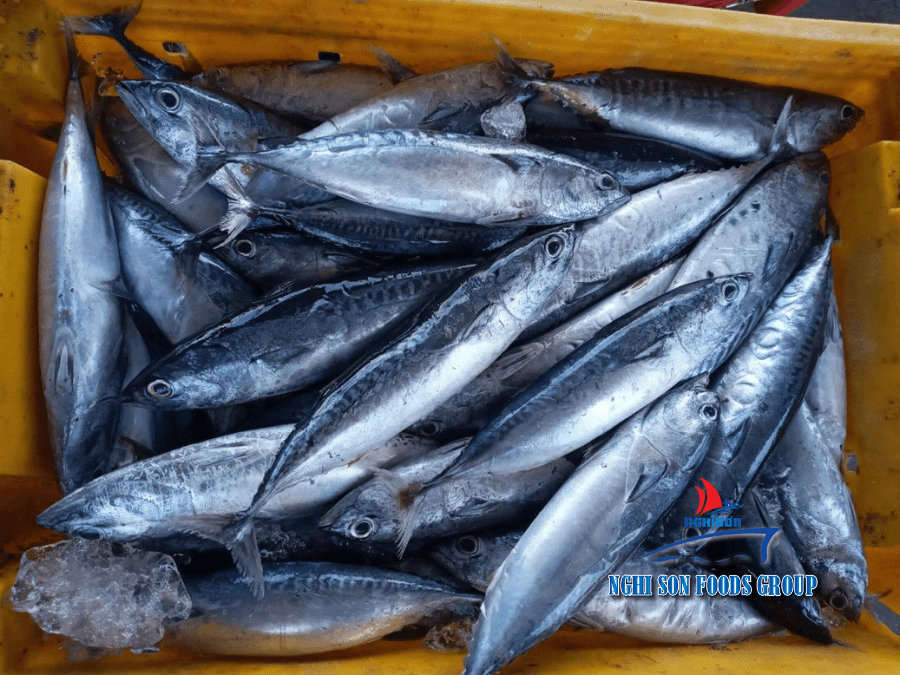
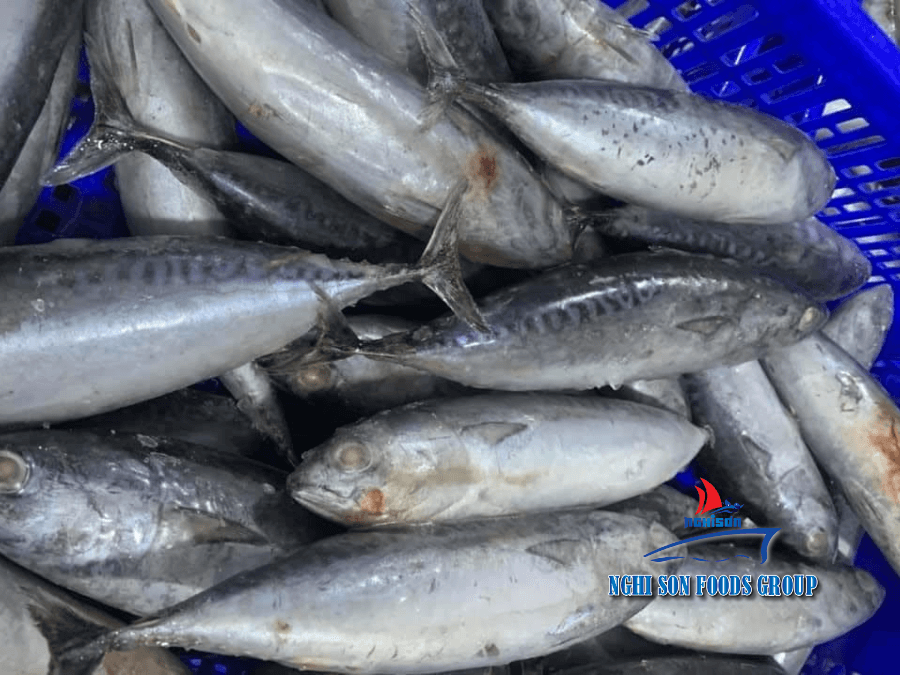
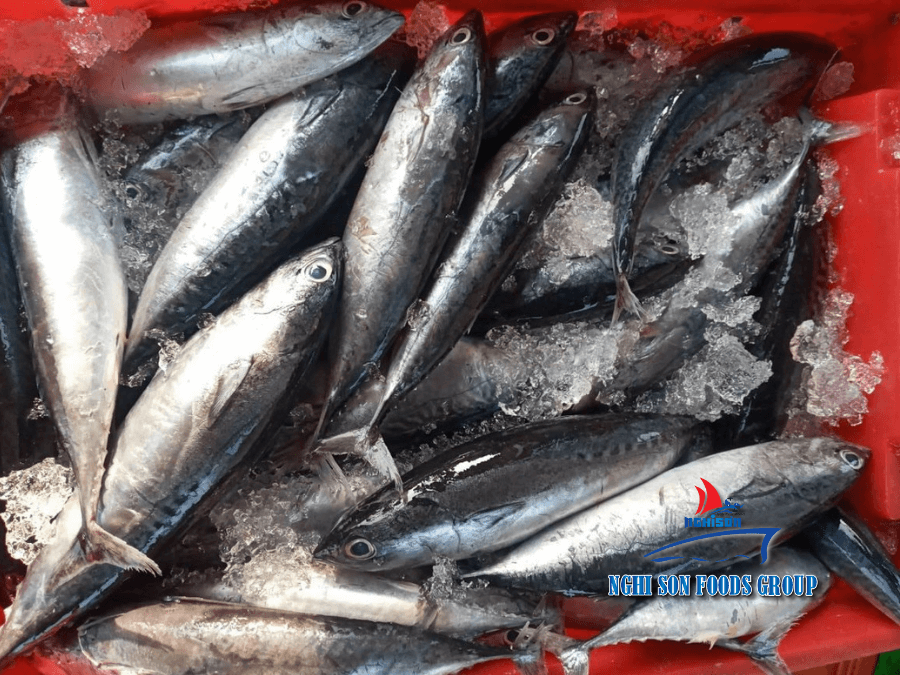


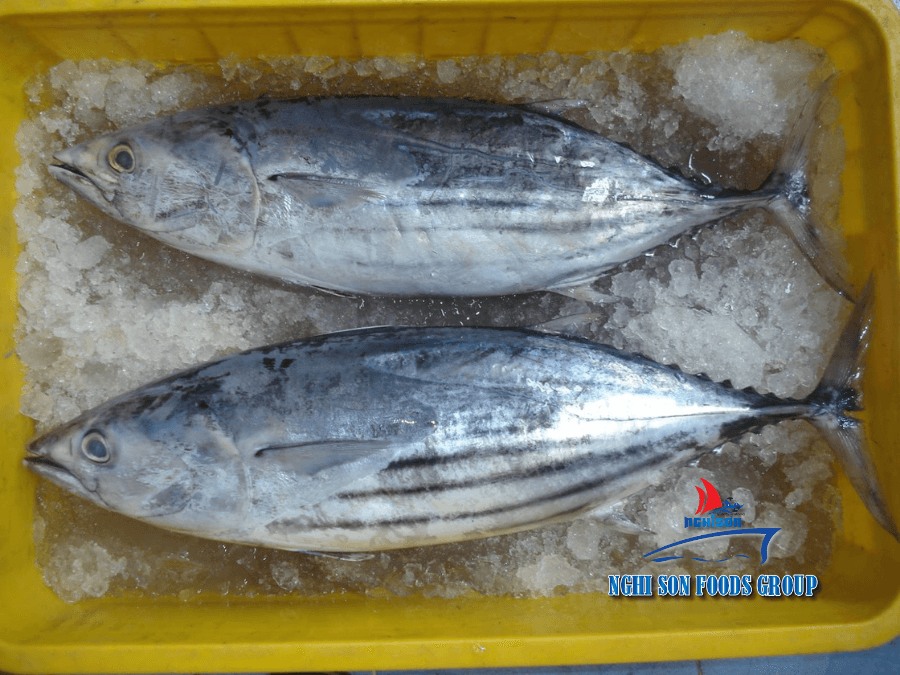
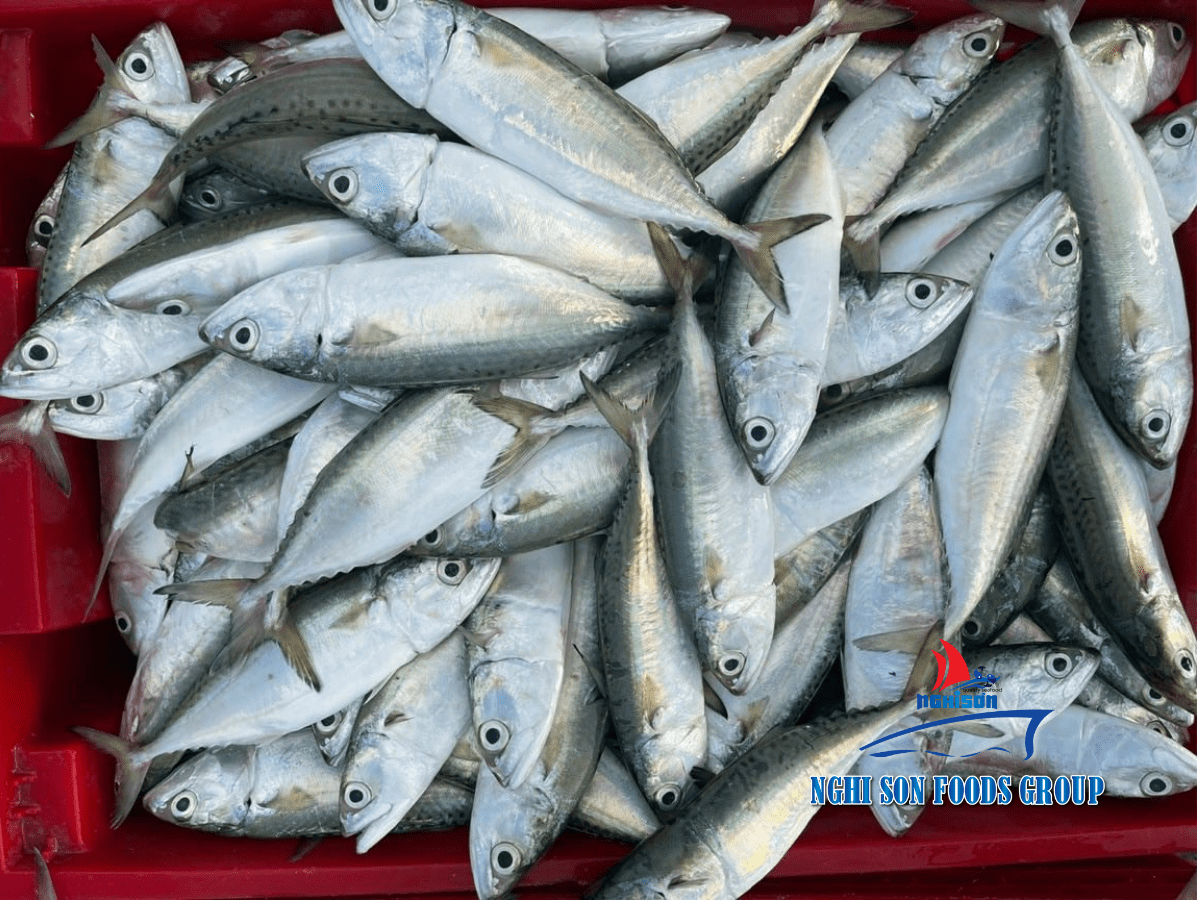
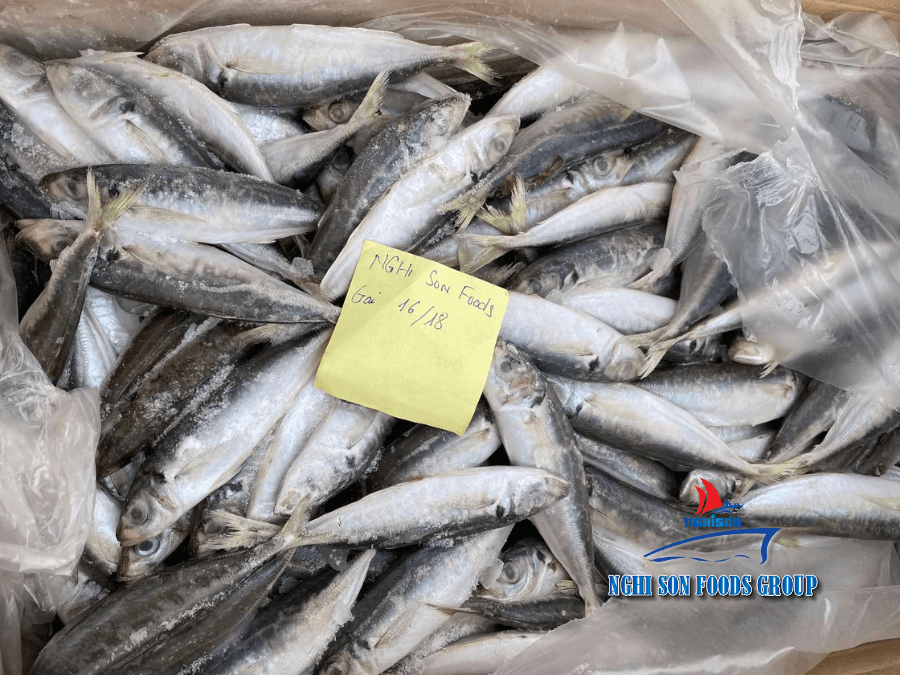


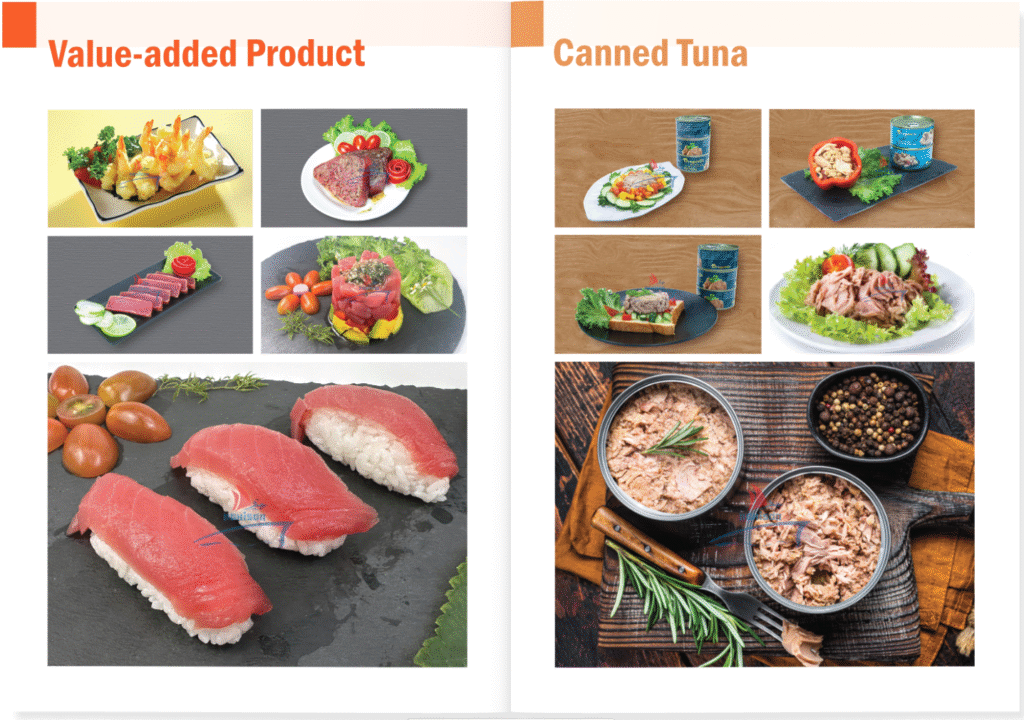
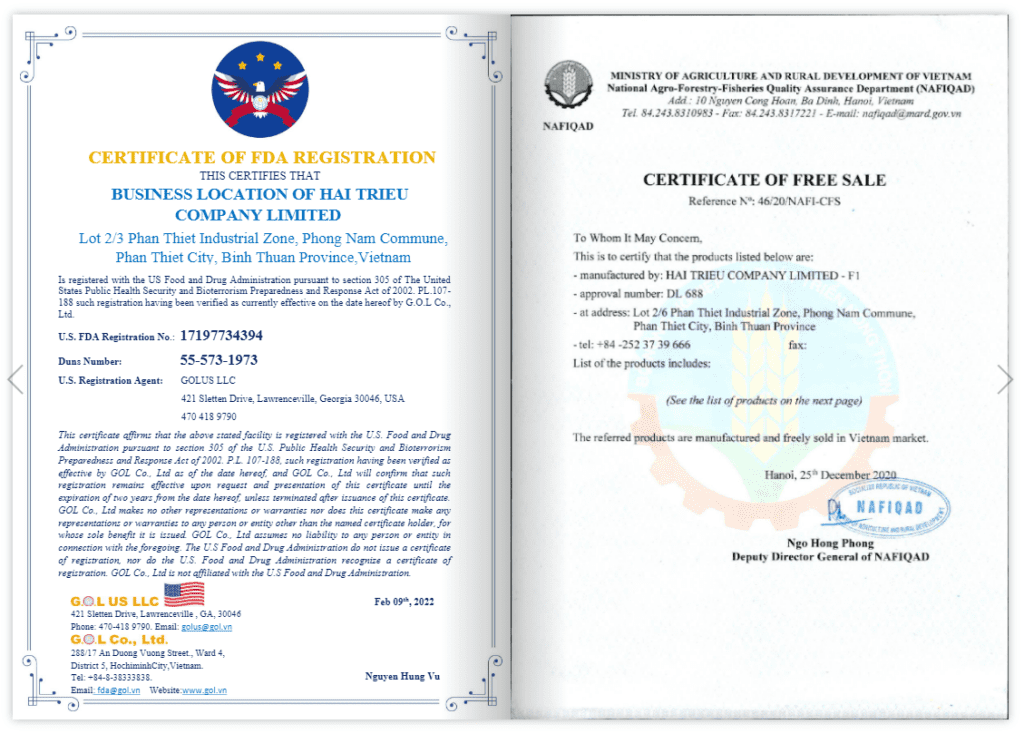

Reviews
There are no reviews yet.